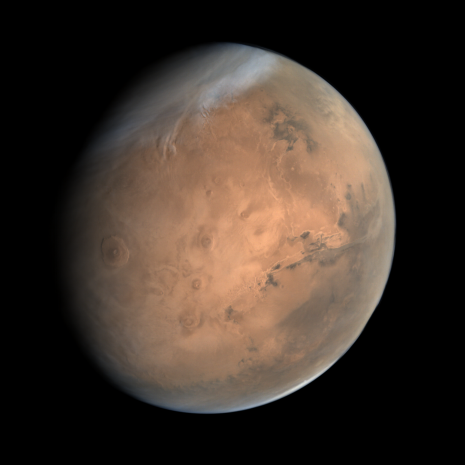
Breaking News
 Imagine All the People: Food, Freedom and What It Means To Be Human
Imagine All the People: Food, Freedom and What It Means To Be Human
 Long-term aspartame intake sabotages brain and heart function
Long-term aspartame intake sabotages brain and heart function
 NonConformist Series: Practical Wealth - Join us virtually Dec 29-30, 2025
NonConformist Series: Practical Wealth - Join us virtually Dec 29-30, 2025
 New bill would allow private citizens to fight cartels: 'WE ARE UNDER ATTACK'
New bill would allow private citizens to fight cartels: 'WE ARE UNDER ATTACK'
Top Tech News
 Perfect Aircrete, Kitchen Ingredients.
Perfect Aircrete, Kitchen Ingredients.
 Futuristic pixel-raising display lets you feel what's onscreen
Futuristic pixel-raising display lets you feel what's onscreen
 Cutting-Edge Facility Generates Pure Water and Hydrogen Fuel from Seawater for Mere Pennies
Cutting-Edge Facility Generates Pure Water and Hydrogen Fuel from Seawater for Mere Pennies
 This tiny dev board is packed with features for ambitious makers
This tiny dev board is packed with features for ambitious makers
 Scientists Discover Gel to Regrow Tooth Enamel
Scientists Discover Gel to Regrow Tooth Enamel
 Vitamin C and Dandelion Root Killing Cancer Cells -- as Former CDC Director Calls for COVID-19...
Vitamin C and Dandelion Root Killing Cancer Cells -- as Former CDC Director Calls for COVID-19...
 Galactic Brain: US firm plans space-based data centers, power grid to challenge China
Galactic Brain: US firm plans space-based data centers, power grid to challenge China
 A microbial cleanup for glyphosate just earned a patent. Here's why that matters
A microbial cleanup for glyphosate just earned a patent. Here's why that matters
 Japan Breaks Internet Speed Record with 5 Million Times Faster Data Transfer
Japan Breaks Internet Speed Record with 5 Million Times Faster Data Transfer
Explore the Red Planet like never before: NASA releases an incredible interactive map...

It's the closest planet to Earth, yet humans are still yet to venture the 34.8 million miles to Mars.
Elon Musk recently predicted that humans will first set foot on the Red Planet in 2029, while NASA is a little more conservative with its estimated timeline, predicting a landing in the late 2030s or early 2040s.
Thankfully, there's an easy way to explore Mars now, from the comfort of your home here on Earth.
NASA has released a new interactive map that lets you explore Mars' many cliffsides and craters.
'I wanted something that would be accessible to everyone,' said Jay Dickson, the image processing scientist who led the project. 'Schoolchildren can use this now. My mother, who just turned 78, can use this now. The goal is to lower the barriers for people who are interested in exploring Mars.'
The interactive map of the Red Planet was made at Caltech using 110,000 images snapped by NASA's Mars Reconnaissance Orbiter.
These images cover nearly 270 square feet (25 square metres) of surface per pixel - large enough to cover the Rose Bowl Stadium in Pasadena, California if printed!
The resulting map captures a range of stunning geological features in incredible detail, including cliffsides, impact craters and dust devil tracks.

 Advanced Propulsion Resources Part 1 of 2
Advanced Propulsion Resources Part 1 of 2

